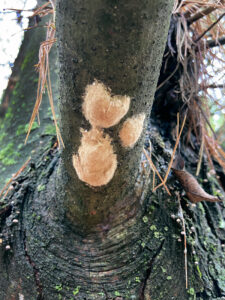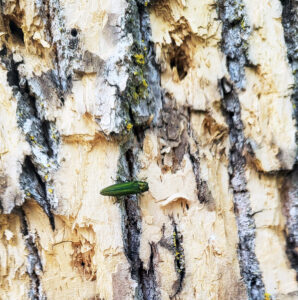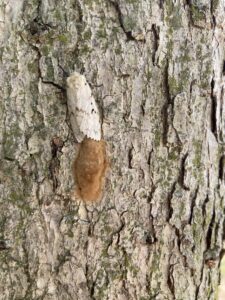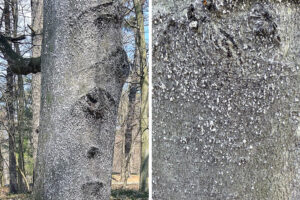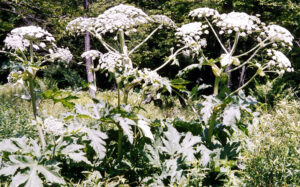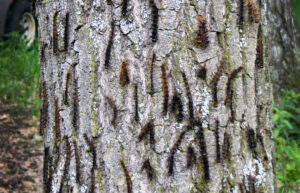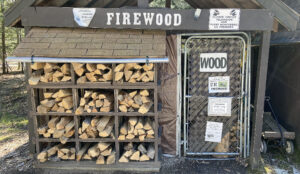
Don’t move firewood! Many State Parks and Forests stock firewood right at the campground entrances. Use these stands or other local sources that are no more than 10 miles from your destination to avoid spreading invasive species. / Photo Credit: Wisconsin DNR
Erika Segerson-Mueller, DNR Invasive Plant Program Specialist, Oshkosh Service Center;
Erika.Segersonmueller@wisconsin.gov or 715-492-0391
Whether you prefer to enjoy Wisconsin’s beautiful fall weather on a hike, bike, ATV/UTV or on the water, the Wisconsin Department of Natural Resources (DNR) urges those enjoying the outdoors to take a few precautions to avoid bringing invasive plant species along for the ride.
The Wisconsin Council on Forestry has created a set of guidelines titled “Invasive Species Best Management Practices for Outdoor Recreation.” These voluntary guidelines include steps recommended for individuals to minimize the inadvertent spread of invasive species.
Here are a few universal Best Management Practices (BMPs) for outdoor recreation, along with a few examples of these practices in action.

